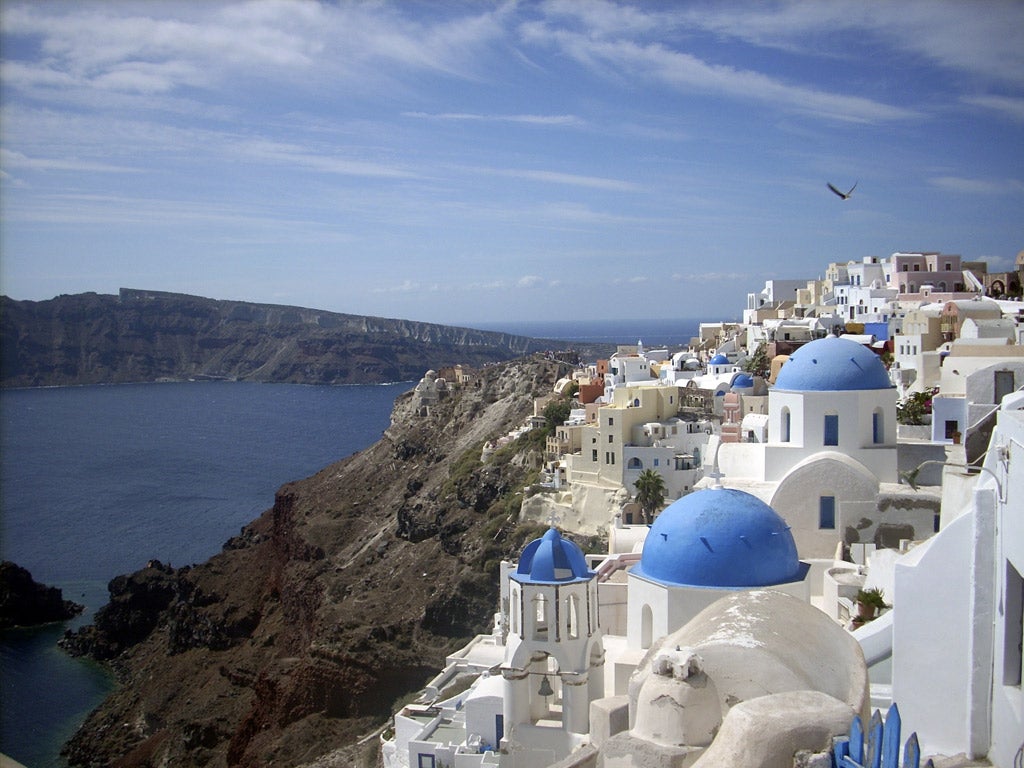Painting roofs white is as green as taking cars off the roads for 50 years, says study

Your support helps us to tell the story
From reproductive rights to climate change to Big Tech, The Independent is on the ground when the story is developing. Whether it's investigating the financials of Elon Musk's pro-Trump PAC or producing our latest documentary, 'The A Word', which shines a light on the American women fighting for reproductive rights, we know how important it is to parse out the facts from the messaging.
At such a critical moment in US history, we need reporters on the ground. Your donation allows us to keep sending journalists to speak to both sides of the story.
The Independent is trusted by Americans across the entire political spectrum. And unlike many other quality news outlets, we choose not to lock Americans out of our reporting and analysis with paywalls. We believe quality journalism should be available to everyone, paid for by those who can afford it.
Your support makes all the difference.Painting roofs white and using light-coloured materials to surface roads and pavements would not only make cities cooler in summer, it would save the same amount of carbon as taking all the cars in the world off the roads for 50 years, a study has found.
One of the simplest, yet most effective, ways of engineering the urban environment to cope with global warming is to increase the reflectivity of the cityscape so that more of the incoming sunlight is directed back into space, scientists said.
City buildings in warm climates with "cool coloured" surfaces that reflect infra-red radiation would also be cooler than traditional buildings and so would conserve energy – and carbon – that would otherwise be used on air conditioning.
Increasing solar reflectance or "albedo" has been suggested as a way of combating the "heat island" effect of towns and cities, where summers are made unbearably hotter in built-up areas by Tarmac roads and dark buildings that absorb sunlight.
Two years ago, Barack Obama's top man on global warming, Professor Steven Chu, the US Secretary of Energy, suggested at the Royal Society in London that one of the most effective engineering measures to tackle rising temperatures is to paint roofs.
"If the building is air-conditioned, it's going to be a lot cooler, it can use 10 or 15 per cent less electricity... you also do something in that you change the albedo of the Earth – you make it more reflective," Professor Chu said. Now scientists, led by Professor Hashem Akberi, of Concordia University in Canada, have studied this in detail and found that it can have a significant impact.
They estimate that a city or town where the roofs and the pavements and roads have light-coloured surfaces can increase their albedo by about 10 per cent, which globally would provide a CO2 offset of between 130 billion and 150 billion tonnes – the same as taking every car in the world off the road for 50 years.
"Increased albedo can decrease atmospheric temperature and counter some of the anticipated temperature increases from global warming," the scientists say in the journal Environmental Research Letters.
Albedo is measured on a scale of zero to one, where 1.0 is totally reflective and zero absorbs all sunlight.
The researchers believe that it would be cheap and easy to increase the albedo of cities by applying the reflective materials when roofs and roads are routinely resurfaced, rather than doing it as a special measure.
Join our commenting forum
Join thought-provoking conversations, follow other Independent readers and see their replies
Comments